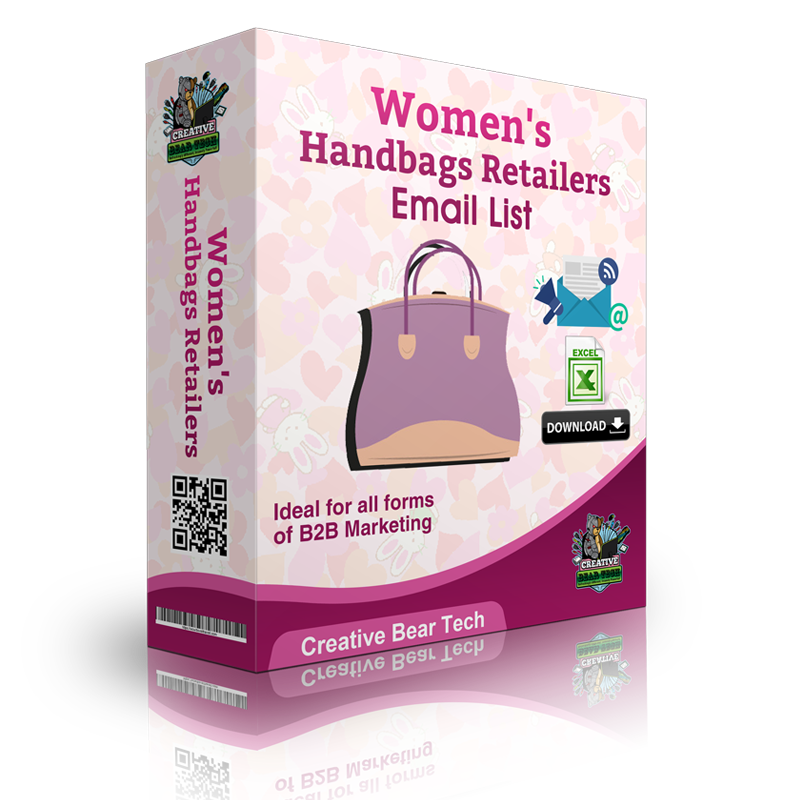How to do lead management that improves conversion? How often do you email your subscribers? Depending on the preferences of your subscribers, you may be sending too many or too few emails to keep them engaged with your brand. How many emails you send will largely depend on what you’re hoping to accomplish with your email marketing strategy. If you want to increase website traffic, more emails will do the trick. If you want to increase open rates on the other hand, sending more emails might have the opposite effect. We recommend testing different email frequencies with your audience to see what they best respond to. You could also let subscribers choose their own email frequency if your email marketing service supports it. You could include a selection for email frequency on your opt-in form to segment them from the start or send an email blast to your list to ask them to self-segment based on how often they want to hear from your brand. Remember that you’ll need to create different email campaigns for different frequencies.
What Is a Typical Open Rate? There really isn’t a typical open rate. But that answer isn’t super satisfying and doesn’t really tell the entire story. See, the open rate can vary due to how it’s measured, the size of your list, how often you send emails to your list, the industry you’re in, and any number of other factors. Even within your own email campaigns, you’ll find that your open rates vary. There are a couple common trends we know about, though, based on the data that’s already out there. First, a larger list tends to mean lower open rates. This happens because larger lists are typically larger in scope, meaning that you have more people who are “kind of” interested in your brand instead of diehard fans. The other thing we’ve seen is that open rates for nonprofits, churches, sports teams, and entertainers tend to be higher than average. This happens because these types of consumers tend to be very interested in any news about their favorites in these areas. The general rule is that the more niche the topic, the higher the open rates are going to be.
Content marketing is a type of digital marketing that focuses on creating and distributing content for a target audience. The content aims at being valuable, relevant, and (ideally) consistent. Its ultimate goal is to drive a profitable customer action. The crucial part here is “valuable” and “relevant”. This is what tells content marketing apart from traditional spammy advertising. The target audience should want to seek the content out and consume it. In the broader sense, content marketing is part of every other digital marketing activity, be it social media marketing, SEO, or email marketing. Quality content should be the core of every other marketing activity you pursue. Some examples of content marketing include: blog posts, videos, podcasts, infographics, white papers, case studies, ebooks. Discover even more details on https://cbtemailextractor.com/blog/9-factors-that-affect-your-email-deliverability/.
In order to achieve a high inbox rate, you need to ensure that your message is unique on every send. Otherwise, if you are sending the same message to thousands upon thousands of recipients, your message is likely to be flagged up by sophisticated spam filters and never reach the inbox. To overcome this, we have added macros, spintax format and formatting features. You can import the databases that you have scraped using CBT Web Scraper and Email Extractor and then use corresponding macros inside your message. For example, a macro such as %companyname% will replace %companyname% with the company name of each company inside the Excel spreadsheet. This feature is a great way of generating personal and highly targeted messages. You can also add text in spintax format to ensure that your email is unique on every send. Spintax format supports curly brackets and pipes. For example, Good Morning. You can also format your messages for an added visual impact.

NAP Citations: As you can see from the above image, citation signals account for 13% of the ranking factors. For anyone unfamiliar with citations, they are online references of your business in relevant directories around the web. And NAP stands for Name, Address and Phone Number. The more consistent NAP citations you have for your business, the more are the local SEO benefits. But, keep in mind that inaccurate or inconsistent citations are likely to negatively affect your local SEO. If you have done citations in the past that may seem to be inconsistent, get a citation audit done through a professional to fix the NAP variations.
Everyone likes to belong to a special group, especially email consumers who like exclusive perks. Your customers aren’t all the same, and the one-size-fits-all approach doesn’t work. Use your email campaigns to drive home the message that your customers are unique and important to your business. Whether you’re giving a section of customers a sneak peek into an upcoming product launch, or simply rewarding them for being loyal customers, they all love a sweet deal. Volkswagen offers email subscribers free movie tickets several times a year. Starbucks gives their gold members free drinks around the holidays. As a small business, you might not be able to go around giving free stuff to your customers, but a little something extra can go a long way. Rewarding your customers is a nice gesture, and from your side, it’s a great way to accelerate your marketing goals. Everybody wins. It’s easy to get caught up in the intricacies of building out an email marketing campaign that works for your customers and your business. There’s a lot of learning involved, but there’s also a lot of opportunity to communicate with your customers, rather than just sending emails all the time. See even more information on B2B Email Marketing Guide.